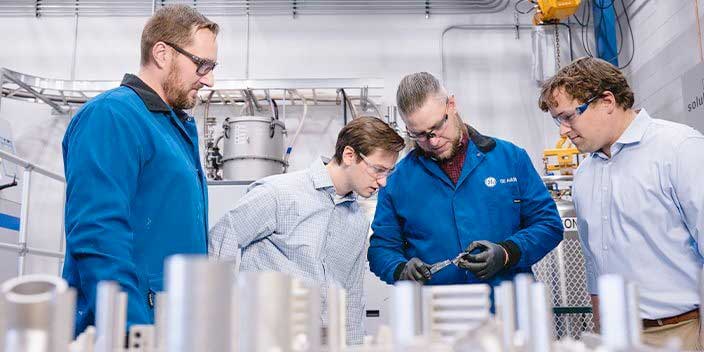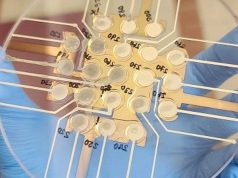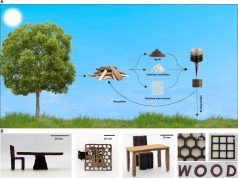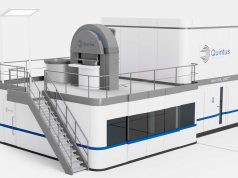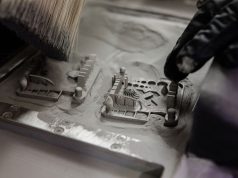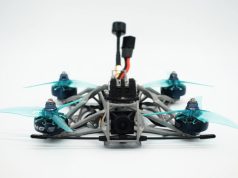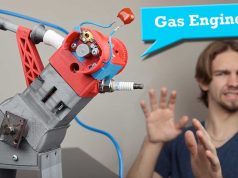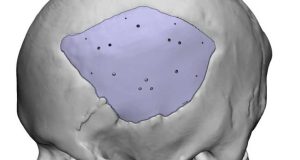A team at the Purdue Applied Research Institute (PARI), the university’s research and development center, is using state-of-the-art additive manufacturing equipment to print a fully functional prototype of a supersonic ramjet engine (scramjet) that will enable aircraft to reach speeds of Mach 5 and beyond.
“There’s no other university-affiliated institution with the capability to manufacture and then test hypersonic technologies at flight-relevant scales and conditions,” said graduate research assistant Will DeVerter, who created the full-scale scramjet prototype with senior test engineer Nick Strahan. “Once we have a part or system ready to go, I can walk it across the street and test it using some of the best propulsion and diagnostic technology in the world. That’s a unique capability that streamlines the entire manufacturing and testing process.”
One of the challenges in developing scramjets that can reach speeds of Mach 5 and above is maintaining a flame at extremely high air speeds.
Strahan likened scramjet functionality to trying to light a candle in a hurricane. “You have to sustain a flame in air speeds in excess of Mach 2, so the technological challenge is creating a combustor that can operate efficiently and burn fuel with air traveling at really high velocities,” Strahan said.
Mark Lewis, president and CEO of PARI, said that scramjets are still in their infancy “but are generally regarded as the best way to power a missile or aircraft through the atmosphere at speeds above five times the speed of sound, in the so-called hypersonic realm.” Scramjets are “very simple in principle,” Lewis said, “but extremely complex in actual design,” which is why using additive manufacturing has been such a breakthrough.
The key to the prototype lies in reducing weight and parts without compromising the functionality and geometric complexity required for the engine to function. This is achieved with the GE Concept Laser X Line 2000R, a printer used for large-scale metal fabrication. The X Line 2000R uses a process called laser powder bed fusion, where the laser in the printer melts particles and fuses them into a solid part. Because of this capability and the printer’s large capacity, fewer parts are needed to build the engine, allowing for rapid prototyping with higher design complexity and simplified assembly.
“The scramjet pilot project is a great example of our vertically integrated capabilities,” Sangid said. “We can take raw powder and turn it into representative test data from a fielded prototype in a few short months. This leverages the flexibility of additive manufacturing into the component’s design to increase efficiency.”
“Because of the faster and less expensive scramjet design, we’ll be able to more easily prototype it, test it and then go back and iterate the design, which will contribute to the nation’s hypersonics knowledge base and increased capabilities,” Bretz said. “Also, students are involved throughout all aspects of the project, from the design to the manufacturing process to testing. Purdue students from undergraduates to the graduate level are learning the skills needed to work in the hypersonics industry.”
In addition to technological innovation, the project provides valuable learning experiences for students at all levels, from undergraduates to graduate students, and prepares them for careers in the hypersonic industry. The team’s efforts could have a significant impact on national security and the defense industry by enabling more cost-effective and efficient hypersonic technologies.
Subscribe to our Newsletter
3DPResso is a weekly newsletter that links to the most exciting global stories from the 3D printing and additive manufacturing industry.



